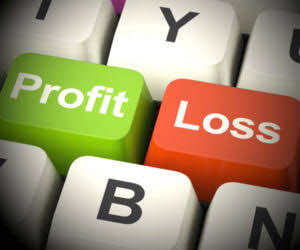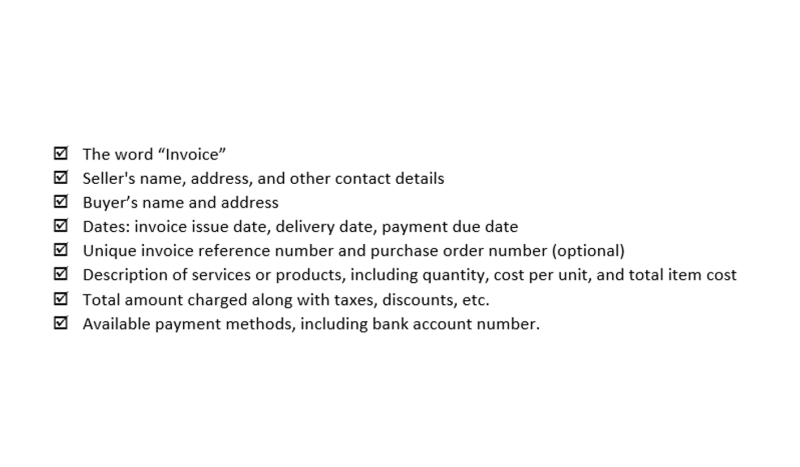
Floating shares indicate the number of shares actually available for trading. The total outstanding shares may be differentiated between basic and diluted shares. Diluted shares are those with special classifications, such as preferred stock, stock options, or stock warrants. If a company reports diluted shares, it may indicate more shares will be added in the future.
Basic Formula for Calculating Outstanding Shares

Finally, outstanding shares are different than authorized shares, or the number of shares that a corporation is legally allowed to issue. Outstanding stocks are the shares that are actually already out on the market. Holders of outstanding or issued shares typically have voting rights and receive dividend distributions when applicable.
Adjusting for Stock Splits and Stock Dividends
In other words, the treasury stock method accounts for the cash that will come in from option and warrant exercise, and assumes that the cash received will offset a portion of the shares issued. For many companies, however, even those executing buybacks, the number of outstanding shares and the number of issued shares is the same. Those companies buy back and retire shares, instead of holding them in the treasury.
Authorized Shares

Shares outstanding is just the amount of all the company’s stock that’s in the hands of its stockholders. This is due to a multitude of factors, like the firm issuing new shares, repurchasing shares, or retiring shares that already exist. Blue-chip stocks have a strong reputation for performing well and paying dividends. The larger stock market is made up of multiple sectors you may want to invest in. And so, for a loss-making company, potentially dilutive shares can be excluded if they are “anti-dilutive”.
- Here’s what you need to know about the different share counts that publicly traded companies use, as well as how you can calculate the number of outstanding common shares.
- The number of shares outstanding can impact how liquid a stock is, which in turn often affects the volatility of its price.
- Let’s assume the company also has $500 million in convertible debt with a conversion price of $5.
- When a company goes public, it issues shares of stock as a way to raise capital.
Assume that Company A has 100 million shares outstanding and a trading price of $10. It also has 10 million stock options outstanding with an exercise price of $5. For most companies, the number of authorized shares well exceeds the shares outstanding. In addition, most public companies don’t need to issue more shares, at least in the number required to bump up against the authorized maximum.
- A company’s market capitalization is the current market value of all of its outstanding shares.
- “Shares outstanding” also is a line in the data that is displayed with any stock quote.
- In the US, public companies are obligated to report their number of shares outstanding as part of the SEC’s filing requirements.
- A widely held opinion is that when these companies are repurchasing shares, they tend to do it when they have a lot of cash.
- This can often be found in a company’s financial statements, but is not always readily available — rather, you may see terms like “issued shares” and “treasury shares” instead.
From the previous example, we know that this company has 1,000 authorized shares. If it offered 300 shares in an IPO, gave 150 to the executives, and retained 550 in the treasury, then the number of shares outstanding would be 450 shares (300 float shares + 150 restricted shares). The number of shares outstanding increases when a company issues additional https://www.bookstime.com/articles/general-ledger-account shares or when employees exercise stock options. Corporations raise money through an initial public offering (IPO) by exchanging equity stakes in the company for financing. An increase in the number of shares outstanding boosts liquidity but increases dilution. Understanding a company’s outstanding shares is an essential part of determining its value.

Look at the Treasury Stock Line Item
Stock splits are generally undertaken to make the share price of the firm fall within the range of what retail investors are willing to pay. These balance sheets are found within a firm’s quarterly and annual reports. In addition, the figure is also listed in the capital section of a firm’s annual report (the Form 10-K filing). Stock prices change constantly, making it difficult to keep track of the cost basis of shares acquired over time. For a loss-making company, the diluted share count will reduce loss per share, since the net loss is being spread over a larger amount of shares. Floating shares serve as a good representation of the company’s active shares or share turnover among various investors in the market, excluding parties holding substantial portions of equity.
Here, the balance sheet reports 8,019 million shares issued and 3,901 million treasury shares, as of September 30, 2022. Knowing a company’s number of shares outstanding is key when calculating critical financial metrics and determining share value as a portion of ownership. An additional metric used alongside shares outstanding is a company’s “float,” which refers to the shares available for investors to buy and sell on the open market.
The number of weighted average shares outstanding is used in calculating metrics such as Earnings per Share (EPS) in order to provide a fair view of a company’s financial condition. The number of outstanding shares of a company changes constantly and is used to calculate its market capitalization. shares outstanding calculation This is done by multiplying the total shares outstanding by the current price per share. So a company with 10 million shares outstanding and a share price of $5 has a market cap of $50 million. You can find this figure on stock listings and through stock data providers.